Roses in Pots and Disease
Cassandra Wright (6b PA)
6 years ago
Featured Answer
Sort by:Oldest
Comments (20)
nikthegreek
6 years agolast modified: 6 years agoHenrik (Sweden, USDA 4-5)
6 years agolast modified: 6 years agoRelated Discussions
Disease Profile: the viral Rose Rosette Disease (RRD)
Comments (3)If one of the wild roses has an immunity against the virus, it may be possible that grafting ornamental roses to that wild rose (used as understock) may transfer the immunity. "if silenced rootstock can efficiently transmit the silencing signal to non-transformed scions, as has already been demonstrated in herbaceous plants." This article is talking about adding genetically modified RNAi-eliciting constructs to normal rootstocks, but it should also work if a wild rose already has the proper RNAi. See the review below. Here is a link that might be useful: link to scientific article...See Morerose-rosette-disease-symposium-the-american-rose-center
Comments (0)See: https://www.eventbrite.com/e/rose-rosette-disease-symposium-the-american-rose-center-tickets-49415018651...See MoreNew 26 page rose disease e-book from American Rose Society
Comments (11)Today I updated my Rose Spring Dwarf virus information to include the following: " The 2018 National Clean Plant Rose meeting presentations are available at: https://ucanr.edu/sites/ncpnrose/Network_Business/may_2017_agenda/2018_Meetings/ (I cannot see any way to directly link to an individual page in a Power Link presentation.) On the first day of the 2018 meeting, Kevin Org presented the following results of his University's (TAMU) testing of 150 roses in the Florida Southern Collection: Rose Spring Dwarf (RsDAV) was found in 21 of the 150 plants tested. Blackberry chlorotic ringspot virus (BcRV) was found in one plant, Prunus necrotic ringspot virus (PNRSV) was found in 6 plants, and Rose yellow vein virus (RYVV) was found in six plants. Four plants had mixed viruses - two had RsDAV and RYVV (Paul Neyron and Pulich Children) and two had PNRSV and RsDAV (B. rugosa ruba and Red Pinocchio)."...See MoreBoth of my roses have Rose Rosette Disease
Comments (12)I am SOOOO sorry to hear. RRD was one of my concerns that sorta kept me growing roses years back Right now, I think I might have boxwood blight. Took some cuttings for analysis to get confirmation. Sadface on , as these boxwoods I have nurtured since they 3G sized to full grown....and they grow like a measly few inches per year at most. I hate the diseases we speak about cause it's not a single plant virus/disease. It can setback your hardscape by wiping out X Y Z...See MoreLisa Adams
6 years agoCassandra Wright (6b PA)
6 years agolast modified: 6 years agoroseseek
6 years agoCassandra Wright (6b PA)
6 years agoCassandra Wright (6b PA)
6 years agoSheila z8a Rogue Valley OR
6 years agonikthegreek
6 years agolast modified: 6 years agomad_gallica (z5 Eastern NY)
6 years agoroseseek
6 years agoCassandra Wright (6b PA)
6 years agoCassandra Wright (6b PA)
6 years agoEmbothrium
6 years agolast modified: 6 years agomad_gallica (z5 Eastern NY)
6 years agonikthegreek
6 years agoCassandra Wright (6b PA)
6 years agoshebabee
6 years agoDave5bWY
6 years ago
Related Stories

SPRING GARDENINGHow to Grow a Rose Garden in Pots
Everything can come up roses, even without a plot of soil in sight. This step-by-step guide to growing roses in containers shows you how
Full Story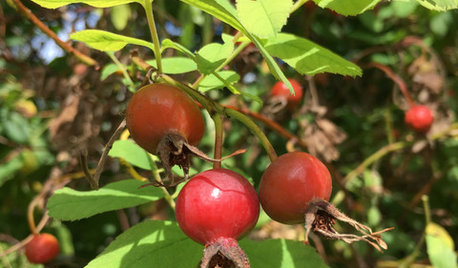
ROSESSmooth Rose’s Arching, Not-So-Thorny Canes Provide Beauty All Year
Plant Rosa blanda, native from the Great Lakes eastward, for its long bloom season, pollinator food and attractive red hips in autumn
Full Story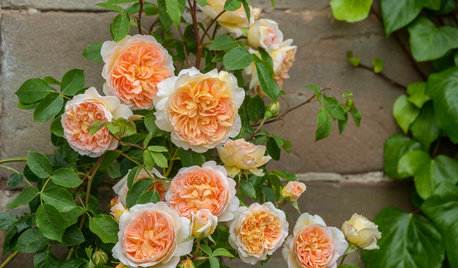
FLOWERSSneak a Peek at Some of Next Year’s Irresistible New Roses
Here are top 2018 picks for beautiful blooms, lovely fragrances and exceptional disease resistance
Full Story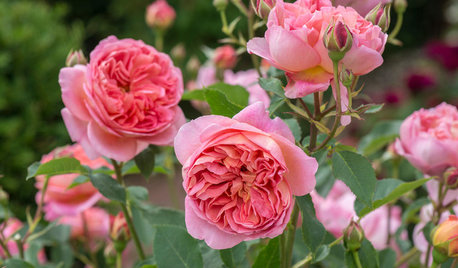
GARDENING GUIDESYou’re Going to Want to Stop and Smell These Roses
See top picks from David Austin’s most fragrant roses in colors ranging from ivory to crimson
Full Story
GARDENING GUIDESWhat Kind of Roses Should You Grow?
Want to add the beauty of roses to your garden? Find out which ones, from old-fashioned to modern, are right for you
Full Story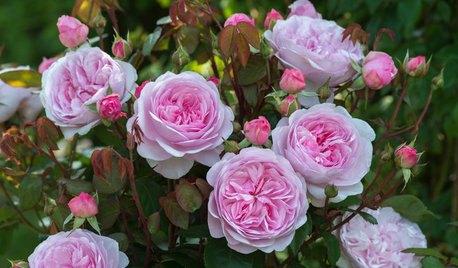
ROSES9 Roses That Landscape Designers Love
See which beautiful and reliable rose varieties are favored by designers around the country
Full Story
GARDENING GUIDESGreat Design Plant: Knock Out Roses
As glorious as their high-maintenance kin for a fraction of the work, Knock Out roses make even beginners look like garden stars
Full Story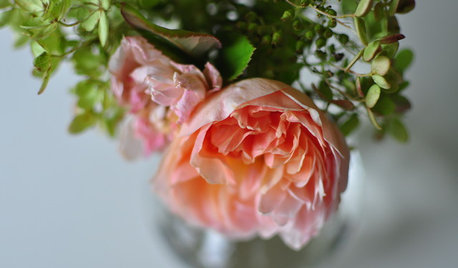
GARDENING GUIDESRoses: Crowning Touch of Gardens
Whether you're the Miss or Mister America of gardening or take a hands-off approach, roses can be a winning addition to your landscape
Full Story
GARDENING GUIDES6 Wonderfully Easy Roses for Any Gardener
Look like an expert even if you're just starting out, with these low-maintenance gems of the rose world
Full Story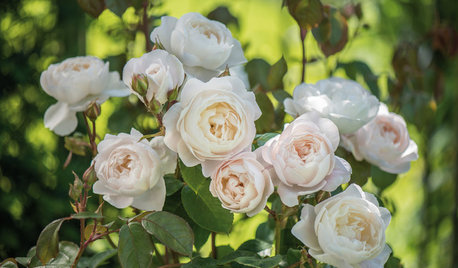
SUMMER GARDENINGHow Are Your Roses Doing? A Complete Summer Guide
Follow these tips to keep your roses healthy and beautiful throughout the warm season
Full StorySponsored
Columbus Area's Luxury Design Build Firm | 17x Best of Houzz Winner!



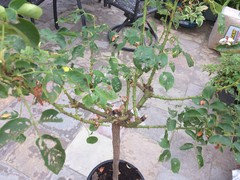

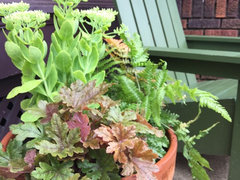

roseseek